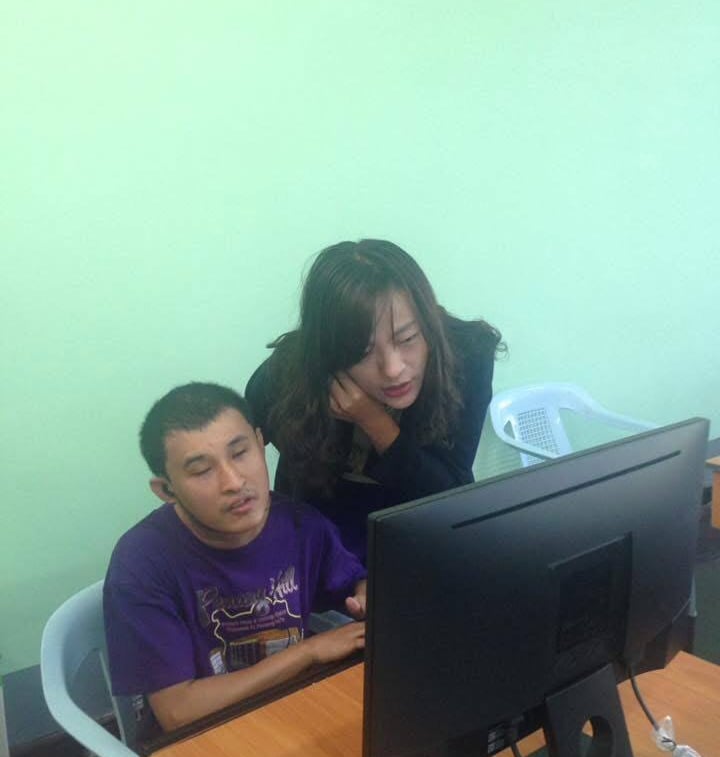

Accessible Education for People with Visual Impairments
This research focuses on developing innovative, inclusive, and accessible educational solutions for visually impaired individuals. The goal is to empower learners with visual impairments to achieve their full potential by addressing the barriers they face in traditional educational systems through the application of Human-Computer Interaction (HCI), assistive technologies, and inclusive pedagogical practices.
Background
Globally, over 285 million people live with visual impairments, many of whom face significant challenges in accessing quality education. These challenges include the lack of accessible learning materials, limited availability of trained educators, and insufficient adoption of assistive technologies in schools. Despite technological advancements, a digital divide persists, disproportionately affecting visually impaired learners in developing regions.
Research Questions
1. How can HCI principles be applied to design effective and user-friendly educational technologies for visually impaired students?
2. What types of assistive technologies are most effective in enhancing learning outcomes for this group?
3. How can existing educational frameworks be adapted to support inclusivity and accessibility in both physical and digital learning environments?
Methodology
The research employs a mixed-methods approach that includes:
1. User-Centered Design (UCD): Engaging visually impaired students, educators, and caregivers to understand their needs and preferences.
2. Technology Development: Prototyping and testing accessible tools, such as screen readers, tactile displays, and audio-enhanced educational platforms.
3. Evaluation: Measuring the effectiveness of these solutions through usability studies, accessibility audits, and learning outcome assessments.
4. Policy Analysis: Reviewing and recommending policies to encourage the widespread adoption of accessible educational technologies.
Research
Explore my research and educational achievements here.
Contact
Connect
© 2024. All rights reserved.